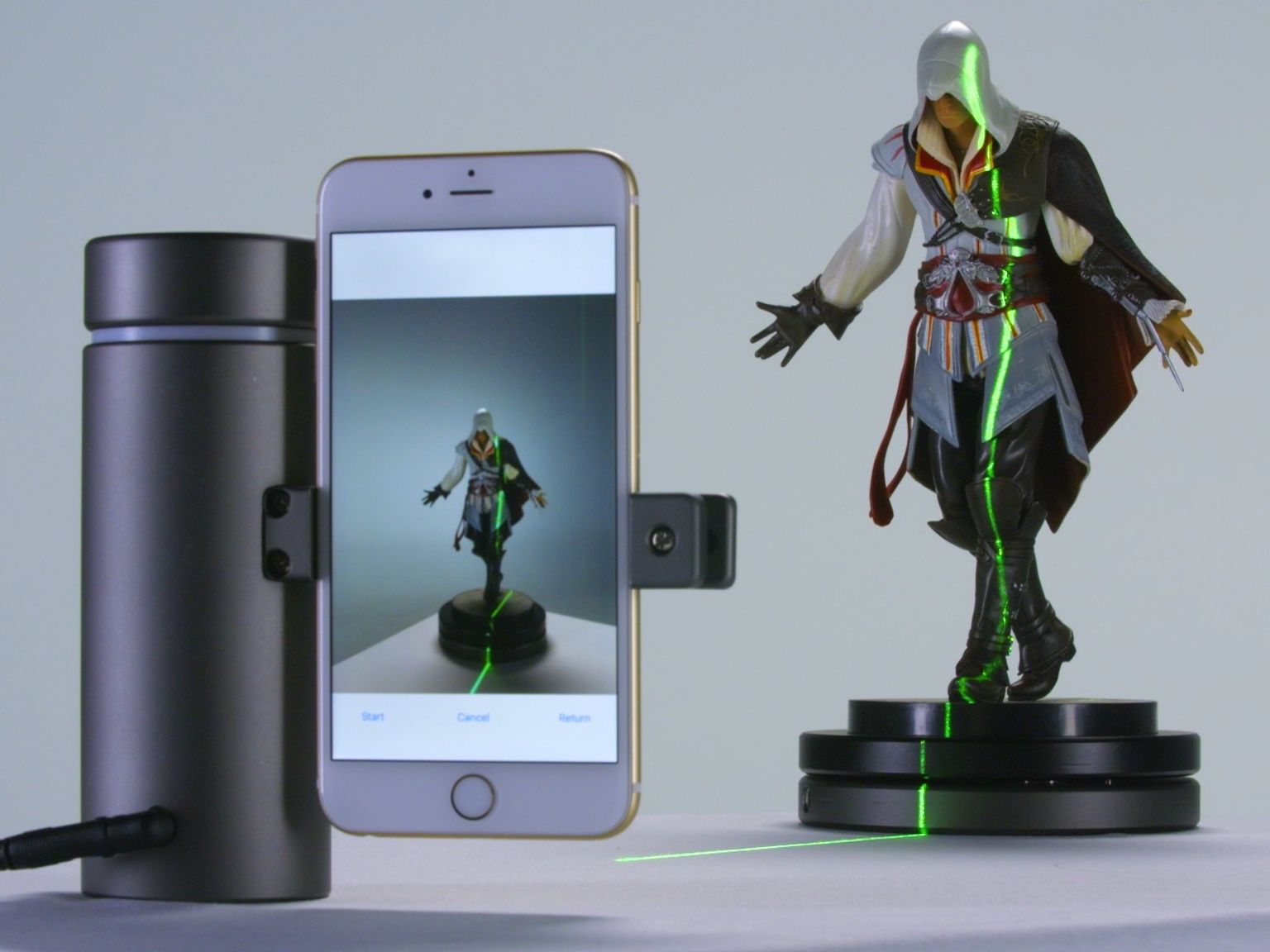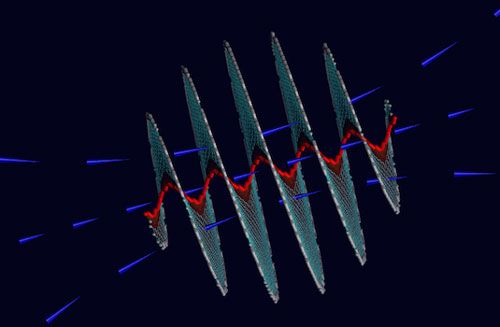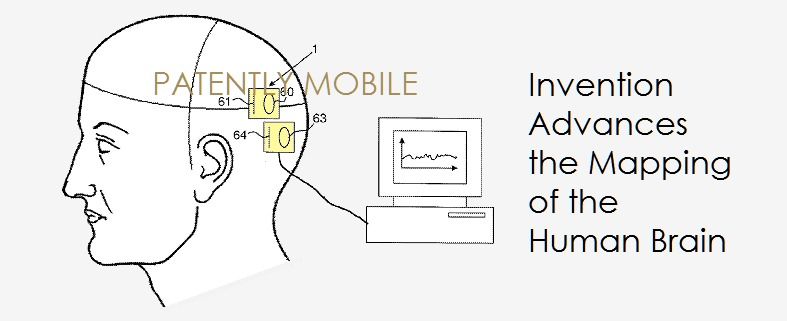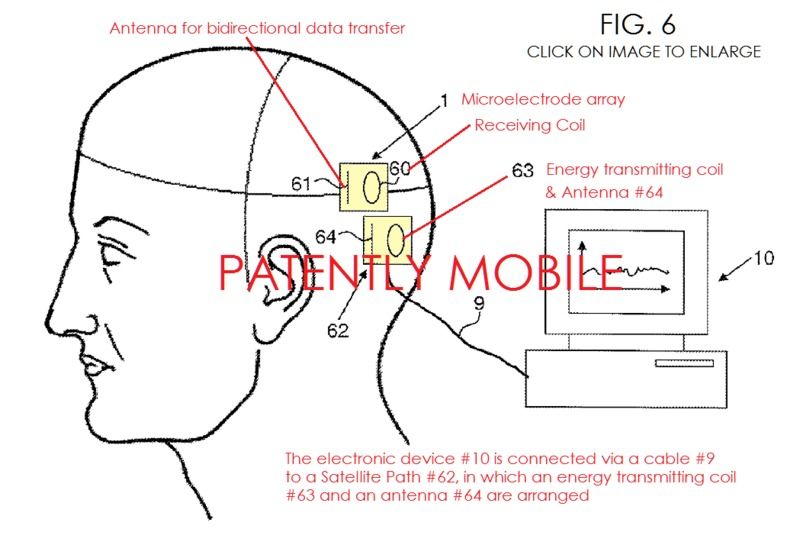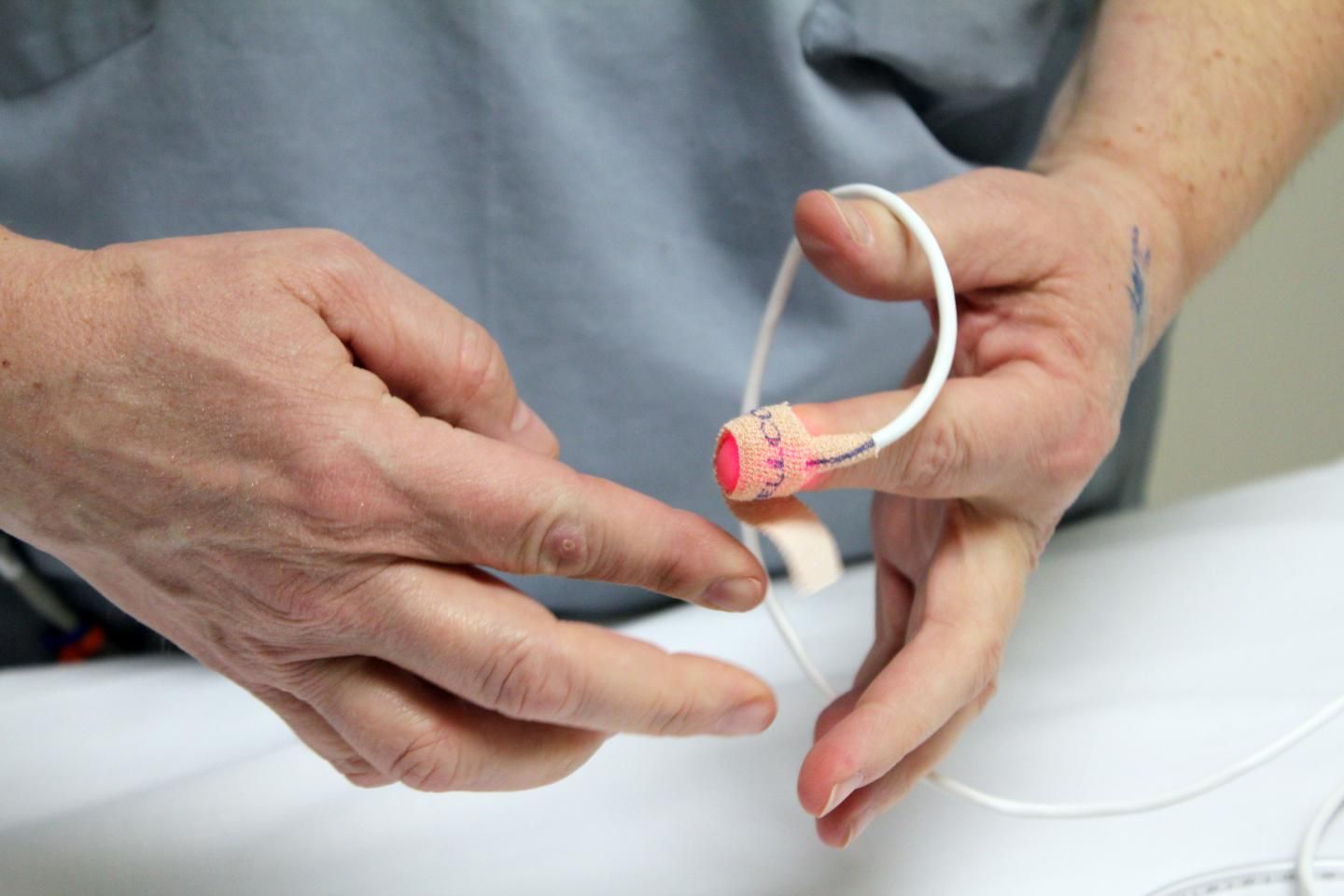Oct 22, 2015
Haptics Technology: Soon, We Might Be Able To ‘Feel’ Cyberspace
Posted by Shailesh Prasad in categories: computing, electronics, mobile phones, neuroscience, virtual reality
Haptics is a growing field that aims to allow our bodies to control and ultimately ‘feel’ our virtual identity. Instead of using the theorized mechanism of a neural computer link, haptic tech attaches sensors and stimuli to our body. A report by research firm Markets and Markets thinks haptic technology, which could soon include something like a glove that let’s you move a hand in cyberspace, will be worth 30 billion by 2020.
Haptic technology, also known as kinesthetic communication, sounds like something out of science fiction. But products, like the vibrating cell phone, have been out for decades. And there’s more advanced systems on the way. That’s partly because of another hyped field: virtual reality. With pioneering virtual reality headsets like the Oculus Rift poised for release next year, the question becomes: How to make this experience even more immersive.
Continue reading “Haptics Technology: Soon, We Might Be Able To ‘Feel’ Cyberspace” »


